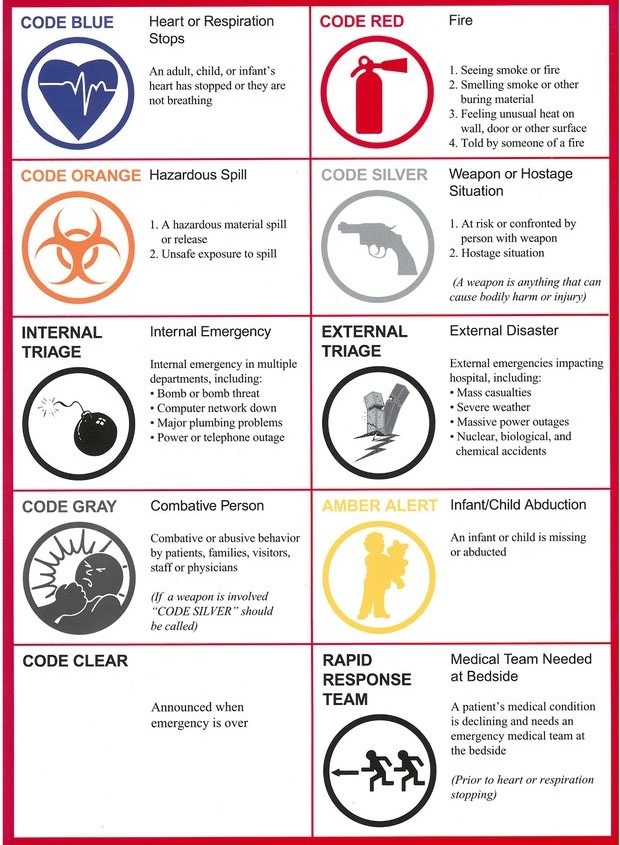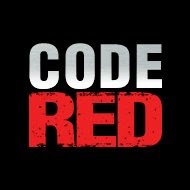Last week, I volunteered for my 23rd year as a cabin counselor at Camp Sunshine, a camp for children with cancer. The campers during my week range from 7-12 years of age, and there is a wide range of situations with the campers, from ones who have been off treatment for years and having no challenges to campers missing limbs or going through medical care while at camp. Every year before the campers arrive, the camp staff goes over a list of camp rules to make sure the week goes by without any problems. This training covers a wide range of things, from important safety information from the medical staff (hydration and sunscreen are key buzzwords), to the codes for a variety of different possible emergencies. Here is the short list of the emergency codes from camp:
Code Red – Fire emergency at camp.
Code Blue – Possible bomb/active shooter.
Code Yellow – Missing camper emergency.
Code Gray – Thunderstorm spotted.
Code Black – Tornado Warning.
A number of different organizations have “codes” in place for issues, from K-12 schools to manufacturing plants to hospitals, with each group aligning their codes to the possible emergencies at hand. My wife has been a nurse for almost 30 years, and I know that if we are talking on the phone and I hear “Code Blue” in the background, I need to get off the phone with her. Different codes have different levels of urgency and actions to take.
While there are no official Emergency Codes in Admissions, there are a few codes all of us in admissions would probably like to add. Please take these with a large grain of salt:
- Code Red – Academic Implosion. When a student has an overall strong application, but there are areas on the transcript with seriously low grades (multiple C/D/F grades). This code becomes more serious the later the implosion occurs in the four years of HS, with little chance of survival if it occurs in senior year.
- Code Blue – Over-involved Parent Emergency. When a parent becomes the main conduit for communication about the student’s file. The level of seriousness grows exponentially if parent pretends to be the student over the phone or in an email.
- Code Yellow – Missing application effort. When a student gives us almost no information about themselves in the application, especially in the activities areas. Extreme complications occur when a student writes “Sorry, I did not have time to do the essays.” Code usually occurs in the hours leading up to the application deadline.
- Code Gray – Over-inflation of activities/essays. When an applicant embellishes on their activities/essays in describing their high school years. High level of alert can be found when the student’s primary assistance in the essays is a thesaurus.
- Code Black – Extreme Overconfidence. When a student/parent does not understand that there are 30,000 freshman applying to UGA, thus causing a misunderstanding of the competitiveness of the applicant pool. Level of the code is raised with trophies/awards from elementary school years are mentioned.


